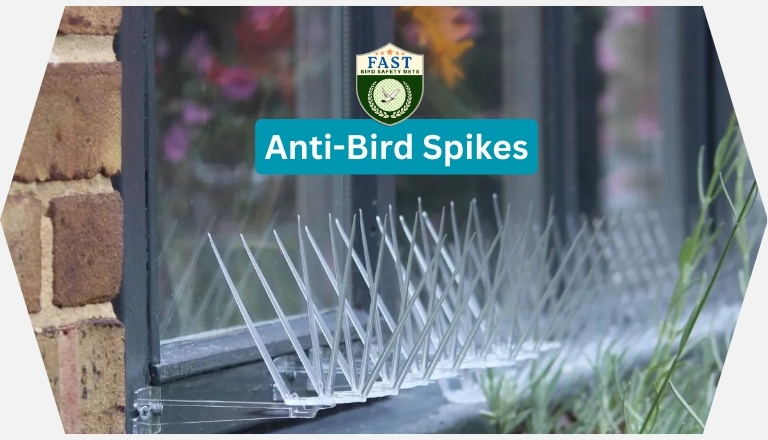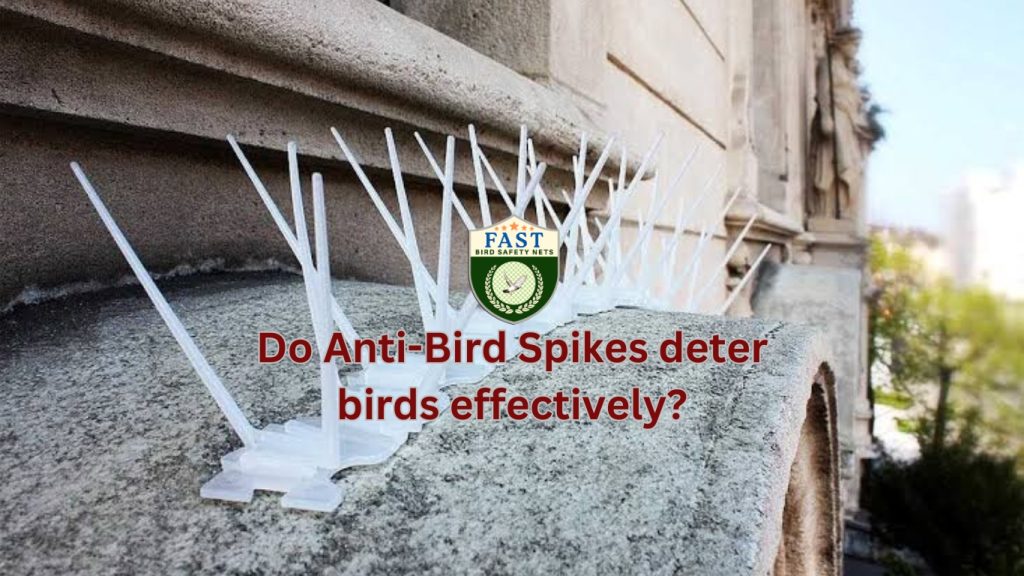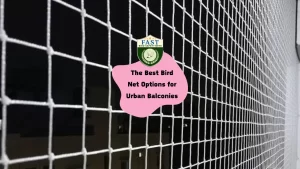Birds, while often appreciated for their beauty and ecological significance, can sometimes become a nuisance in urban environments. Their presence on buildings, ledges, and other structures can lead to unsightly droppings, noise pollution, and even damage to property. In response to these issues, anti-pigeon spikes have emerged as a popular solution to deter birds from roosting or nesting in unwanted areas. This article aims to explore the effectiveness of anti bird spikes in deterring birds, particularly pigeons, and assess their role in mitigating bird-related problems.
Understanding Anti-Bird Spikes:
Anti-bird spikes are physical barriers typically made of durable materials such as stainless steel or plastic. They consist of rows of pointed protrusions arranged in a way that makes it uncomfortable or impossible for birds to land or perch. These spikes are commonly installed on building ledges, rooftops, signs, and other surfaces where birds tend to gather. The primary goal of anti-bird spikes is to create an inhospitable environment for birds, thereby discouraging them from settling in the area.
Effectiveness of Anti-Bird Spikes:
Numerous studies and practical observations have demonstrated the effectiveness of anti-pigeon spikes in deterring birds. The pointed spikes act as a deterrent by denying birds a stable and comfortable surface for landing or roosting. When installed correctly, bird spikes can significantly reduce bird activity in targeted areas, leading to cleaner and more hygienic environments. Additionally, the absence of birds can help prevent property damage and minimize the spread of diseases associated with bird droppings.

Factors Influencing Effectiveness:
Several factors influence the effectiveness of pigeon spikes in deterring birds. Proper installation is crucial to ensure that the spikes cover the intended surface completely and securely. Additionally, the spacing between spikes should be appropriate to prevent birds from circumventing the barriers. Regular maintenance is also essential to remove debris or nesting materials that may accumulate on the spikes over time, potentially reducing their effectiveness.
Ethical and Environmental Considerations:
Despite their effectiveness, some critics raise concerns about the ethical implications of using bird spikes. Critics argue that these spikes may cause harm or discomfort to birds, potentially leading to injury or distress. However, proponents of anti-bird spikes argue that the discomfort caused by the spikes is minimal compared to the benefits of deterring birds from unwanted areas. Furthermore, alternative solutions such as bird-friendly architecture and habitat modification should be explored alongside anti bird spikes to promote coexistence with birds while addressing urban bird-related issues.
Conclusion:
In conclusion, anti-pigeon spikes represent a practical and effective solution for deterring birds, including pigeons, from unwanted areas. When installed and maintained properly, these spikes create an inhospitable environment that discourages birds from roosting or nesting. While concerns about ethical and environmental implications exist, the overall benefits of using anti-bird spikes in mitigating bird-related problems outweigh these concerns.






